
On January 13 it was warm enough to be eating lunch dressed in a tee shirt up in the mountains of Andalusia and while waiting for my thick potato and rib soup to cool a little I experienced a sharp feeling of deja-vu.


Where else had I been sitting in a tee shirt on a December day, high up in the mountains, tucking into a vast salad of lettuce, tomato, chevre and fresh thyme? The heat of the sun, the fresh breath of the mountains, the lavender blue sky- the feel of that afternoon was plucked from the depths of that imposing armoire that expands its capacity with every passing year: as inexhaustible as the Bodleian library and I’m incredibly thankful that I still have access to it. Mountains close to the sea, covered in maquis that varies from country to country (in France its cistus and lavender and broom that doubles as dry kindling, in Greece fat cushions of thyme and marjoram and here in Spain gorse and a different variety of lavender). I seem to have a weird affinity to this type of vegetation as I invariably find myself in the middle of landscape from which it springs.
From the armoire I shook out the mothballed visit to the French Pyrenees in the nineties, the first time I went there. Jerome’s woman friend, Katharine, had prepared the vast garlicky salad for me. When we had finished the chevre and some membrillo Jerome said he had to show me some rocks that were covered with mysterious prehistoric hieroglyphs. An embarrassing scene ensued which ended up with me shouting, “take your hands off me. You’ve got a nerve, with Katharine clearing up behind us!” To which his pathetic response was, “Biensur, mais j’ aussi besoin une petite tendresse….”
However, there was more to Jerome than his untidy attempts at seduction. He had, with help from his hippy friends, restored the lost hamlet of L. Aided by generous grants from the government, the stone built shepherds’ houses were painstakingly repaired, a solar heating system installed, vegetable gardens hewn out of the rocky terraces and tenants found for the dwellings, all of whom enjoyed the liberty that accompanied freedom from surveillance. The views were incomparable- miles and miles of untamed Pyreneean wilderness and silence apart from the odd clanking of goat bells. One could walk for miles without seeing anyone or any sign of habitation, apart from the odd tiny Romanesque chapel, with the roof fallen in, graced by sheep droppings on the earth floor.
To get to this special enclave involved a tortuous journey by car over a rough track that threatened the chassis of your vehicle at every turn. Deeply pitted, with rockfalls and no barrier, it was a question of gritting one’s teeth and hoping for the best. At the end of the journey was the temperamental Jerome, the tempestuous Katharine, their friend with the face ravaged by HIV whose unchanging greeting was “Ca va? En forme?”, a couple of gay women who cooked on an open fire, and a mysterious Russian icon painter and his sad blonde children.

The meal I was enjoying in the Andalusian sunshine was also in a remote hamlet, romanticized by its association with the Franco regime.



After lunch, Antonio, the man who restored the village beckoned me into his little shop where he sells olive oil, sausage, his own feta type goat cheese, honey and jams as well as baskets and other touristy souvenirs. The village is well geared to visitors, with a hotel and rooms to let. In fact it doesn’t feel like a lost village at all. The “lost” is an honorific title to draw in trade and not like the French hideaway which made it so special.














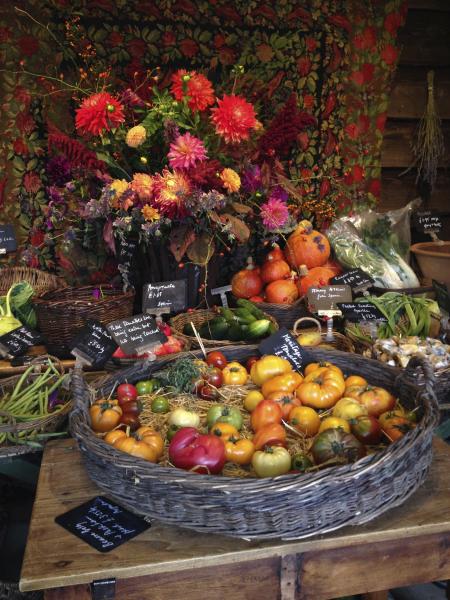
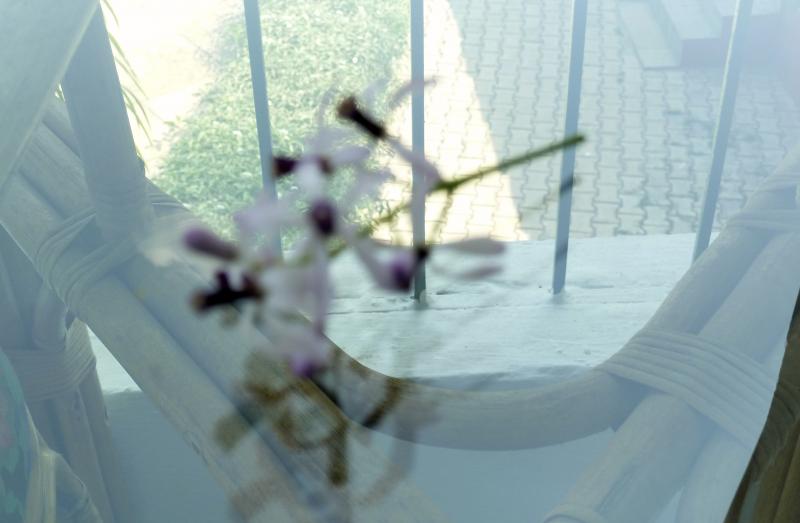
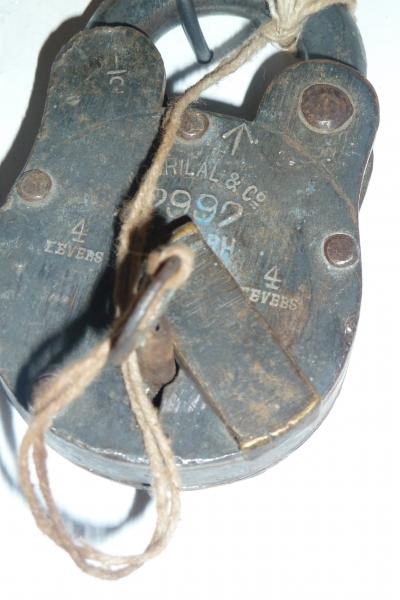
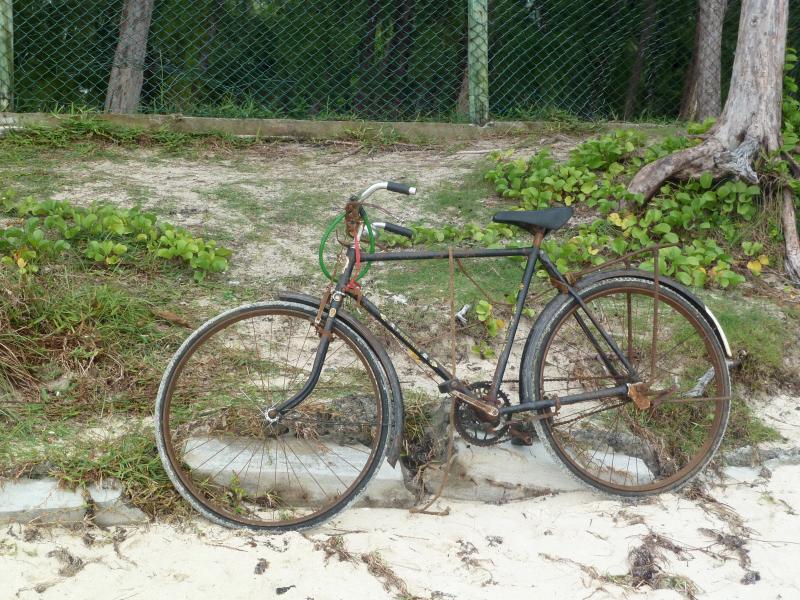
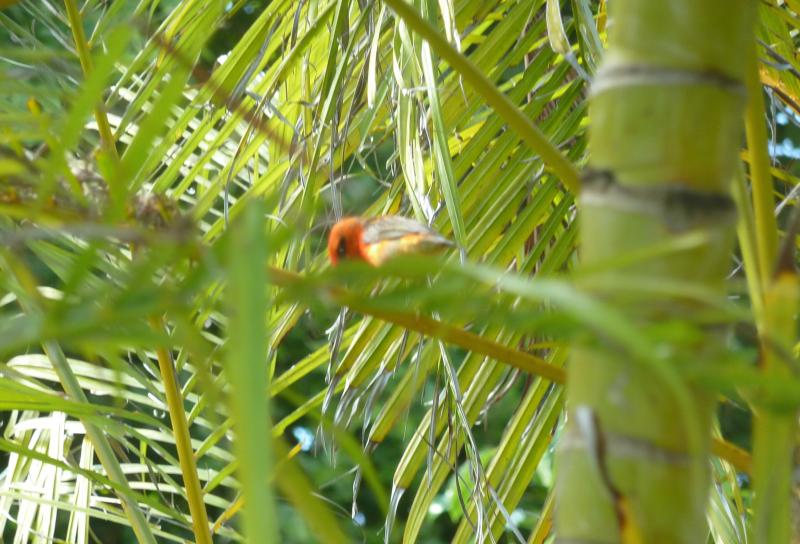
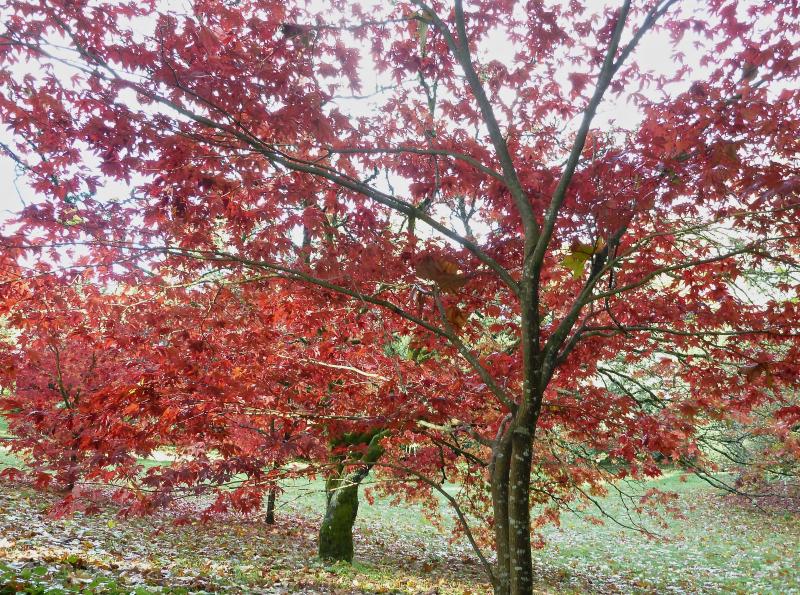
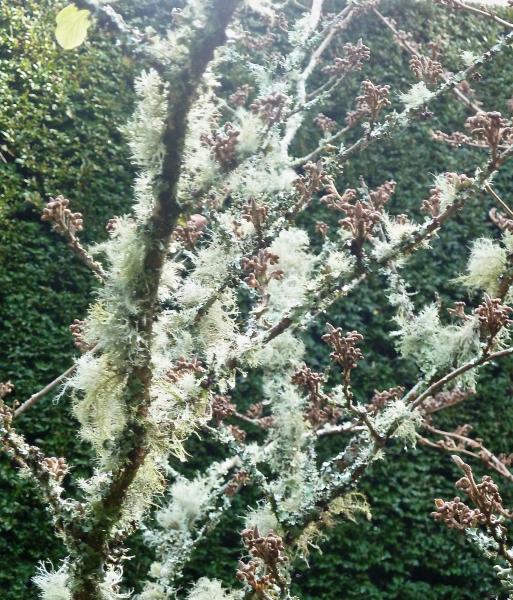

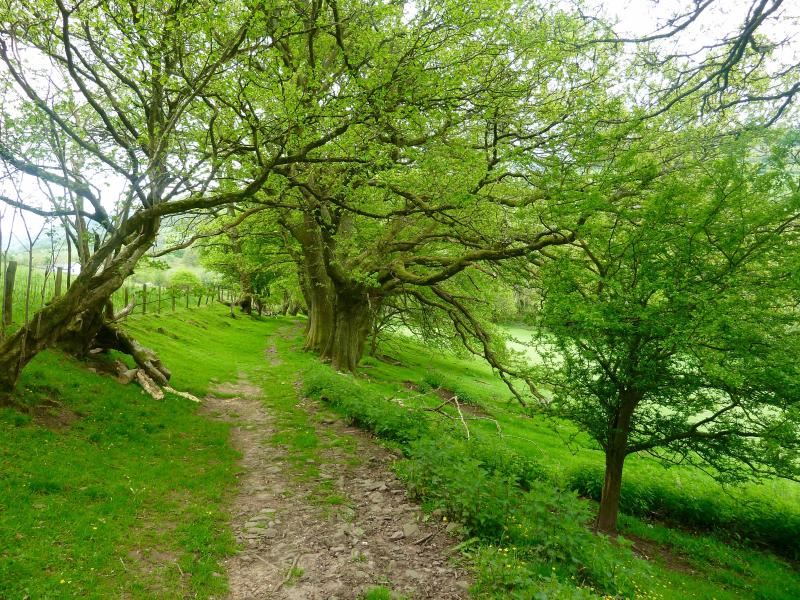
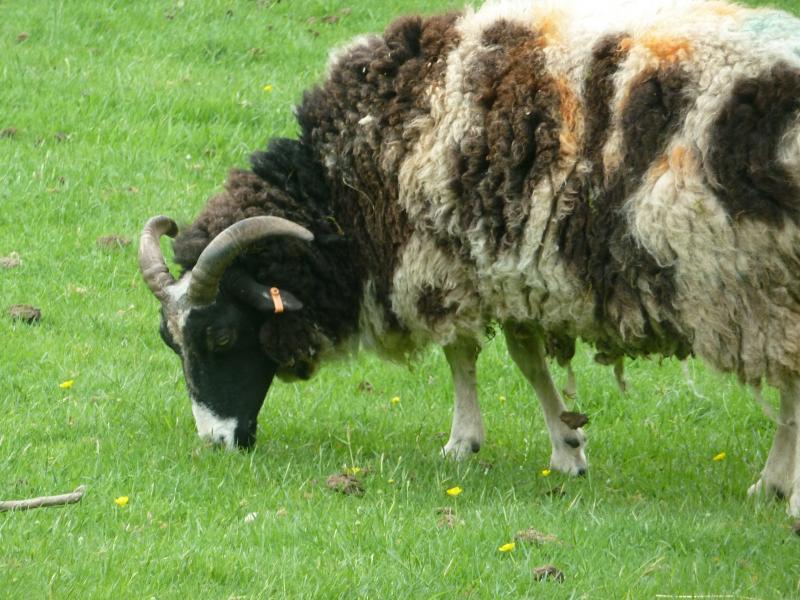
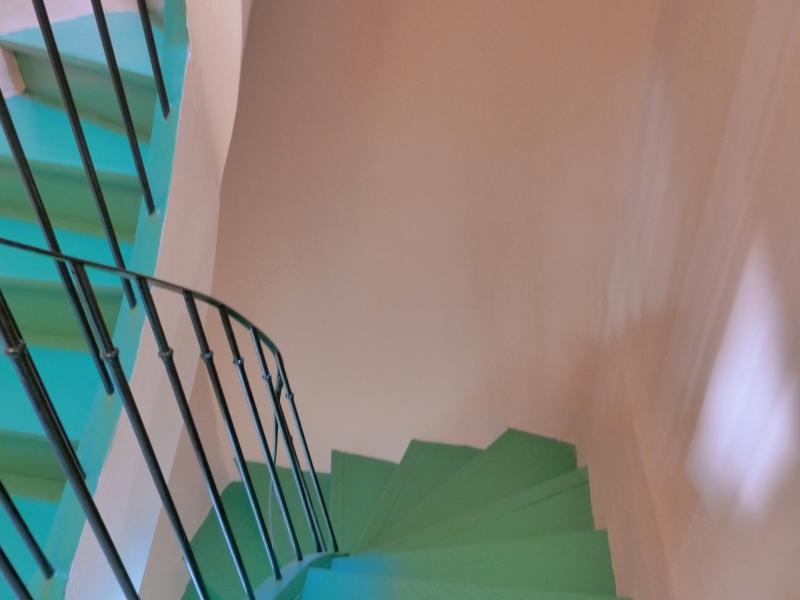
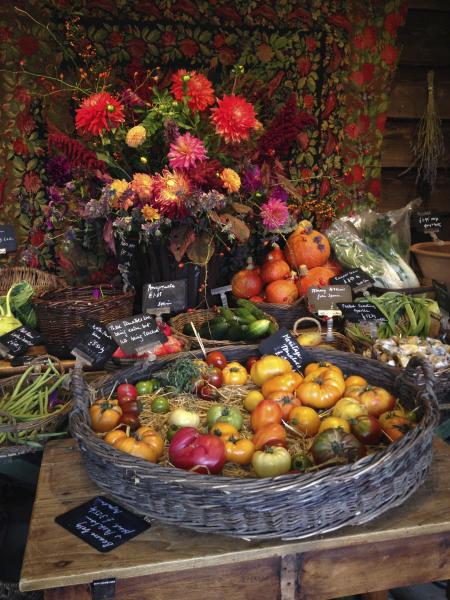
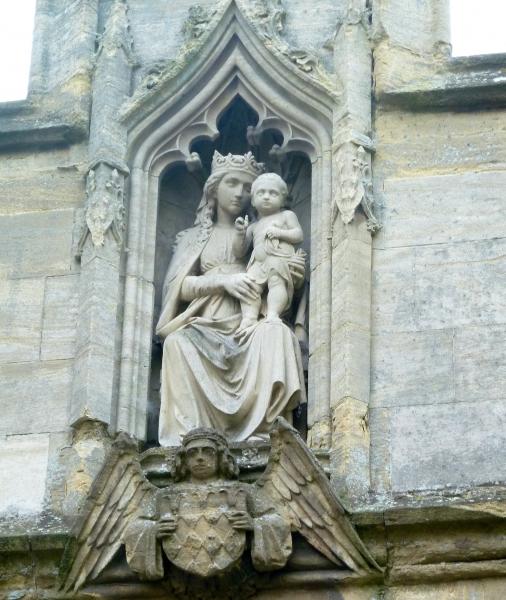
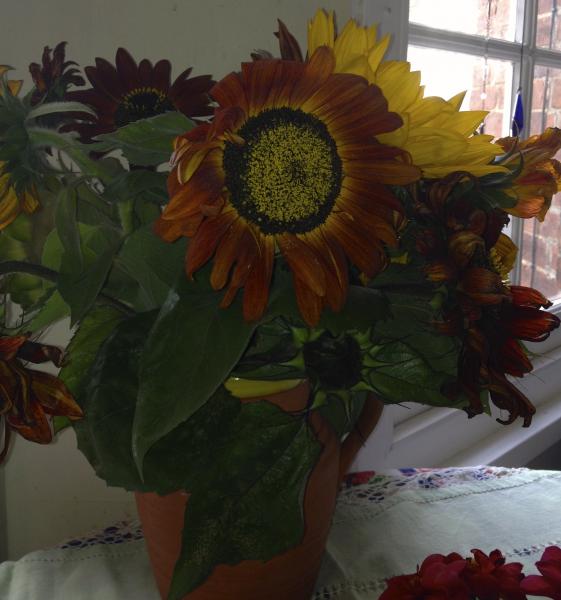
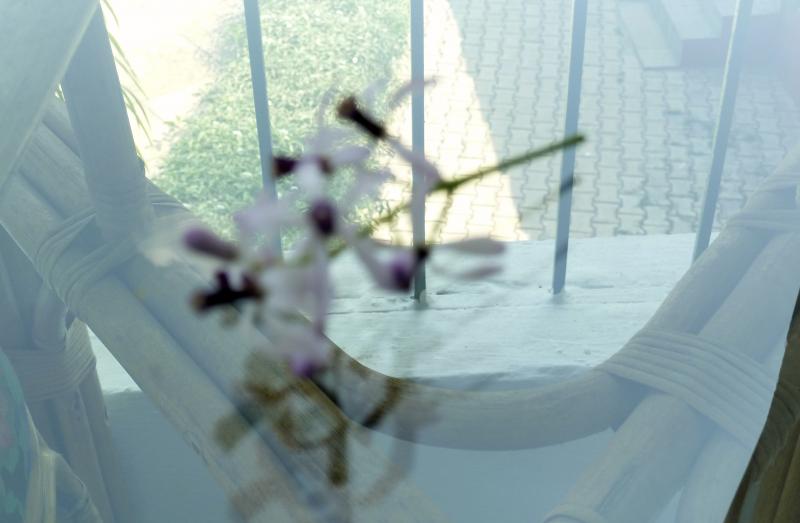
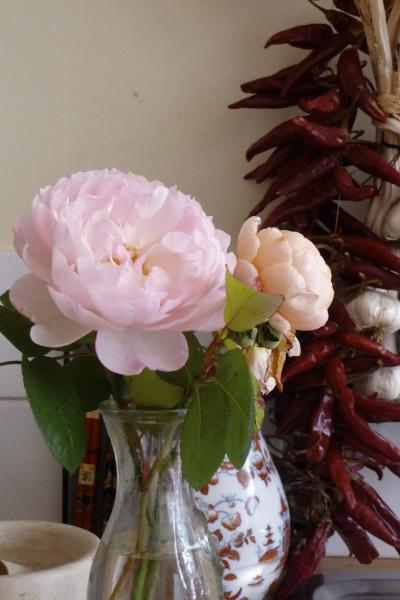

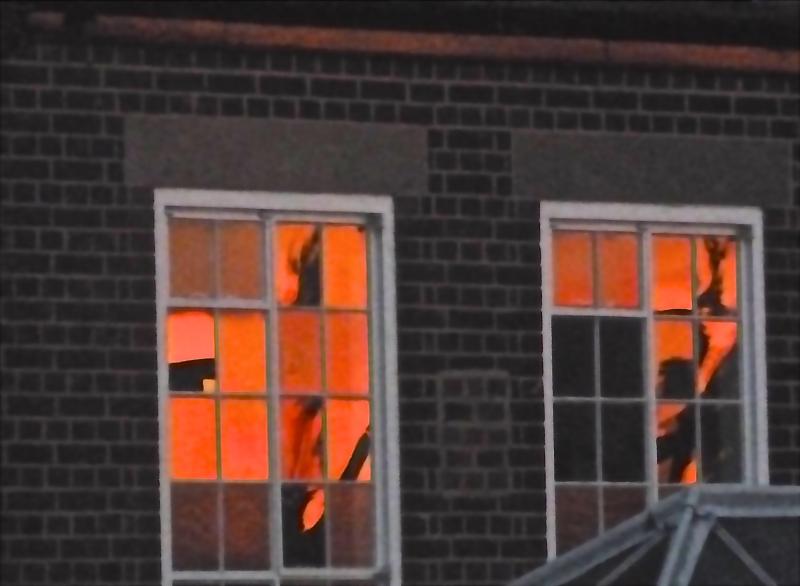
I have a special phantasy when reading about lavender fields:
take my most moth-eaten cardigan,
lay it amidst the blooming lavender plants,
and when the moths swirl around shout:
“Do you like this? Do you like this?”.
Sick, I know.
But quite satisfying in a way!